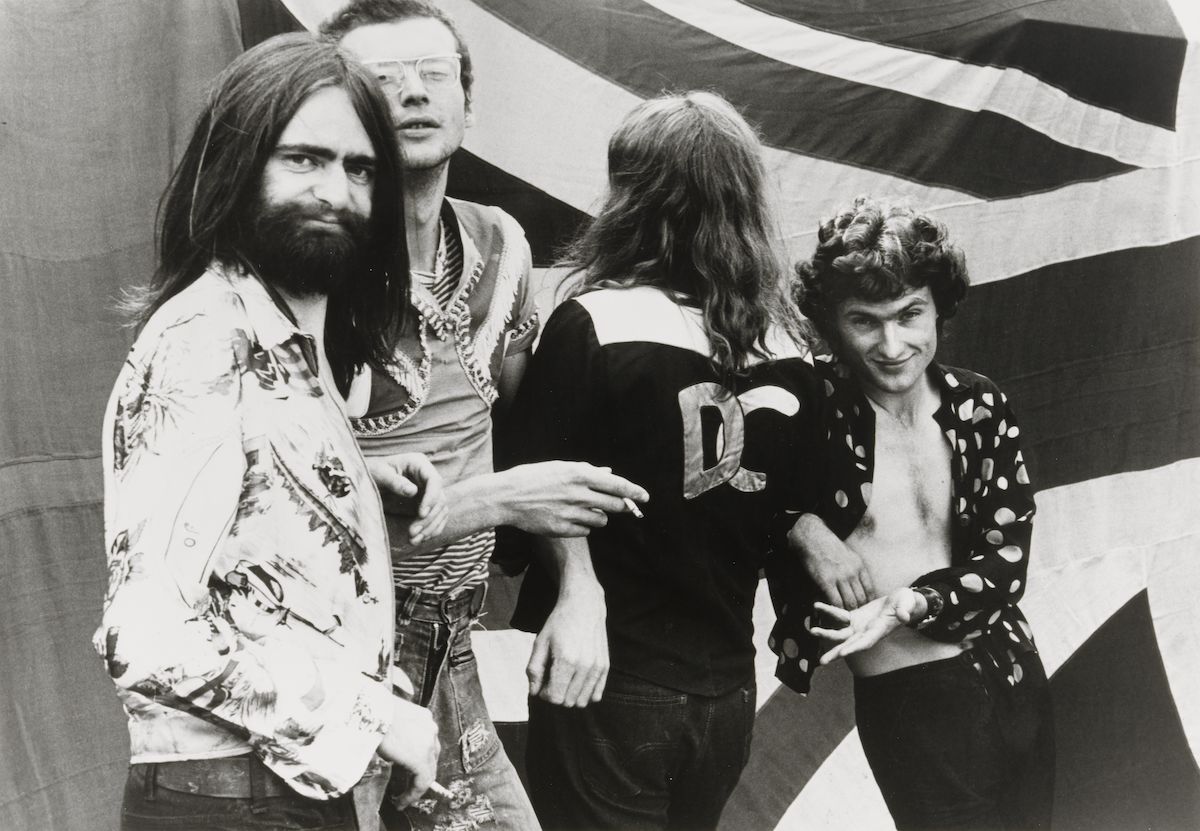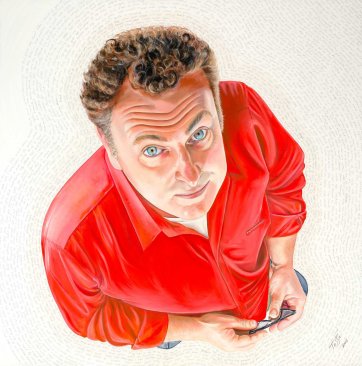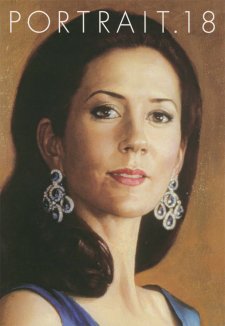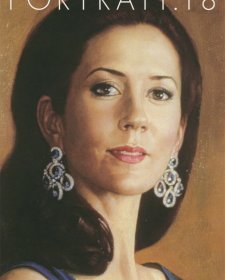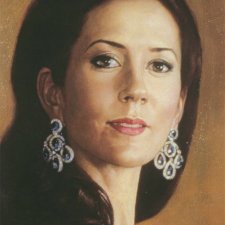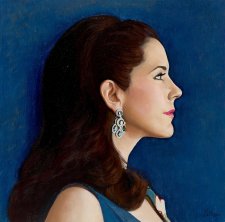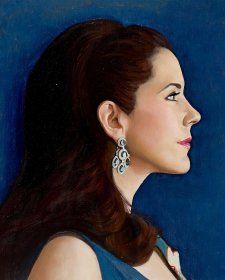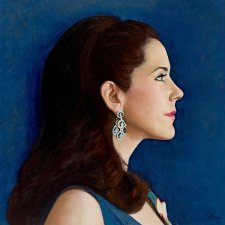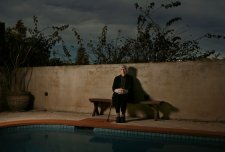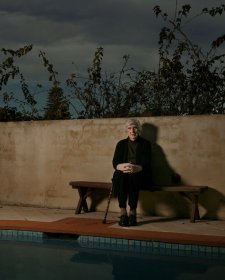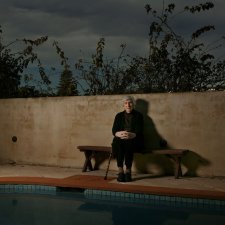Hey Hey Hey good old Eagle Rock's here to stay,
I'm just crazy about the way we move,
Doing the Eagle Rack
oh oh-oh came on fast,
you can come on slaw
I'm just crazy about the way we move,
Doing the Eagle Rock.
When Ross Wilson gained inspiration from a Sunday Times photograph from ‘30s America which was captioned ‘Some Negroes cut the pigeon wing and do the Eagle Rock’ little did he expect that the single ‘Eagle Rock’ released in 1971 would sell out two pressings in one week in Melbourne. Weeks later the album Daddy Who? Daddy Cool was released, selling an unprecedented 60,000 copies. It sat at number 1 for 11 weeks and broke a previous sales record for an Australian band. It has now become one of only a handful of songs that are considered to be unofficial national anthems.
Daddy Cool was formed in 1970 and included Ross Wilson, Ross Hannaford, Gary Young and Wayne Duncan and played 50s rock & roll songs with a hip 70s attitude. The mix of rock and southern country boogie proved highly popular with live audiences. Bundaberg based artist Tessa Jones remembers being 17, at a local pub in Melbourne when she was first introduced to Ross Wilson’s onstage magic. Although 22 years have passed, she remembers vividly being captivated by the man and his presence.
Tessa recently saw Wilson on stage and approached the artist shortly afterwards. She recalled being almost shocked by Ross’s stature, having seen him on stage with such presence, that he seemed larger than life. ‘My portrait endeavours to maximise his personality whilst disguising his physicality, hence the downward angle and use of bold colour.’
‘Upon meeting Ross, the most striking thing about him was his cool confidence. To capture this he looks straight at the viewer – eyes prominent.’ Jones has given Wilson an aura of words – the lyrics, (written into wet oil paint) spiral around him and create a visual rhythm. The song ‘Eagle Rock’, his most successful is shown closest to him. The outer is from his more recent song, ‘Xmas Card’. Tessa Jones commented that ‘It felt right to stop the lyrics there for two reasons, one being that I identified very strongly with this song (about an ex-partner) and two, to leave space for songs yet to be created.
Wilson split from Daddy Cool in 1972 to form Mighty Kong but Daddy Cool reunited for the Sunbury Pop Festival in January 1974 and stayed together until late 1975. From 1974-76 Ross produced three albums for Skyhooks including ‘Living in the 70s’ and ‘Ego Is Not A Dirty Word’. Both albums broke Daddy Cools’ local sales records. He also produced Jo Jo Zep’s first two albums and made early recordings for the Sports.
Wilson formed Mondo Rock which between 1977 and 1991 enriched the Australian charts many times over thanks to the song writing talents of him and guitarist Eric McCusker. Mondo reformed for a special 2003 tour. His songs have been recorded by artists as diverse as Jimmy Barnes, You Am I and the Salvation Army Band. Over his forty years in the business, Ross (The Boss) Wilson has issued 45 singles and EPs and more than 25 albums. In early 2001, ‘Eagle Rock’ was voted by APRA (Australasian Performing Right Association) the second-best Australian song ever.
Although Tessa Jones’s portrait of Ross was submitted into this year’s Archibald Prize it was not selected. When Ross viewed the work, however, he was so enamoured he posted the image on his website.
‘Ross commented to me jokingly that maybe his song Eagle Rock was prophetic as he looks as his aging features, piercing eyes and hooked pointed nose. This comment inspired the piece’s name, EAGLE ROSS’.
